Spotlight on Staff | Rick Aiken, NCARB, AIA
Rick Aiken, a Senior Principal, directs the WHA Urban Mixed-Use Design Studio. With over 29 years of experience and a large body of work in and around the West Coast, Rick has become a leader in urban design with a focus on higher density and mixed-use projects. Join us as we ask him about his journey in his career.
Tell us about your journey to become an architect?
I guess it all started with trains. In 4th grade I was home sick for three months with pneumonia. My mother bought me a train model from the hobby shop to keep me busy. That Christmas my grandmother gave me a $20 gift certificate to Sears and I bought a small train set. I began to design layouts, build bridges, and buildings. It was my mother who thought I should be an “Architect” and it stuck.

Where did you attend school?
When I was planning out my college career, I had two options: athletics at University of Washington or architecture at the University of Oregon. During my senior year in high school, I tore my Achilles tendon, which took basketball out of the plan, so my focus turned to architecture.
When I submitted my portfolio to the Architecture School at the University of Oregon, it consisted of the designs from my train layouts, built models, and photography of homes I had framed along with sketches and art I had done.
Even though basketball was taken out of the equation, being involved in team sports taught me that being a team player is how great teams win. A big part of who I am is knowing this fact and that it is more fun to win as a team. It is the team attitude that resonates in WHA and our Urban Studio. We work hard together, we have fun together, and we win together.
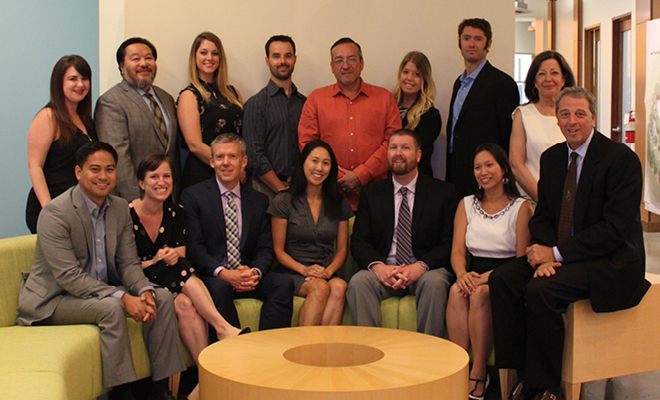
WHA – Urban Studio Team
What was your first job?
My father was a real estate investor and developer. At a young age, my father gave me odd jobs working in construction. Then I eventually became a framer. The perks of this was that I would bring home remnant construction materials to build my train sets which grew to a size of 18 feet x 45 feet. This opportunity to build something this large was very unique for a teenager, but it provided me with the chance to be creative and practical so I could “really” build it. (My first design-build project!)
What is your architectural experience?
After college (I graduated during a recession in Portland) I offered to work for free at Smith/Dull Architects. I got the job and was paid minimum wage, which was about $3.75 at the time. Later, when I asked for $6.00 an hour, I was told I was too aggressive, so I decided to move to California.
I took a job with Kowalksi Harding Architects as a project designer and got a lot of experience doing corporate offices, interiors and industrial buildings. I was then invited to go work with Morris/Deasy where I was director of design doing commercial and mixed-use projects. Then I was offered a job at Withee Malcolm in 1995 to be their director of design focused on mixed-use projects in their Urban Studio.
In 2002, I was given the chance to help WHA focus on the mixed-use market. It was an opportunity for me to grow.
What is your favorite thing about WHA?
I get the privilege of helping the next generation grow as architects. The future of WHA relies on young people bringing new leadership, new skills, and new opportunities. At WHA I am grateful that I can contribute and share some of my 34 years of being involved in architecture.
What is the most exciting project you’ve worked on at WHA?
Martin Cadillac Center, Teda, Red Ranch, and Dunkin Donut Training Facility are four projects that come to mind. These jobs required a lot of people to be involved all at once in a creative and productive environment. I thrive on the interaction of people when they are being creative with new ideas coming together. I’m a person who loves the process of design, but being competitive, it requires me to be critical of my own work.

Do you have anything to say to the young people who are interested in architecture and want to join this industry?
Yes, architecture is an opportunity and responsibility to shape the environment that affects peoples’ lives. If you want to make an impact in life, architecture is a good way to do it. It shouldn’t be about the objects we design, but the atmosphere and stage we leave behind for others to discover.
What does the LA Office experience mean to you?
I think its an opportunity to help explain the firm’s presence in the LA area and create new opportunities. With the housing shortage in LA and all the experience WHA has with housing it seems only natural we would have an office in LA County. For me personally it requires me to be patient and optimistic.

WHA I LA Opened in June 2016. This office expansion allows us to effectively service our increasing client base and active projects in the greater Los Angeles area.
What do you do in your free time?
The number one priority in my life is having fun with my wife, Julie. We have been married for 30 years. She is my rock. She lets me do the crazy stupid stuff in life. Between racing slot cars, playing golf, enjoying wine, painting, traveling and skiing, she reminds me, it’s not that I don’t have enough hobbies, I don’t have enough time for all of my hobbies. I am truly thankful and blessed with the life I have.
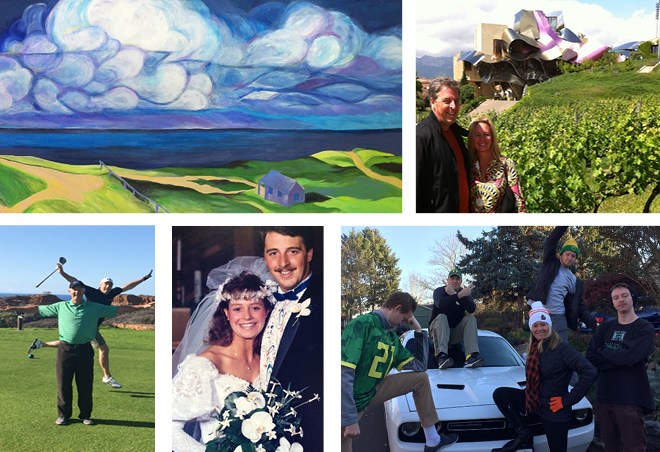

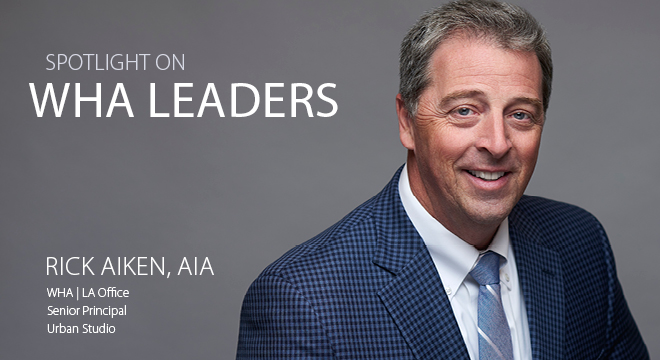
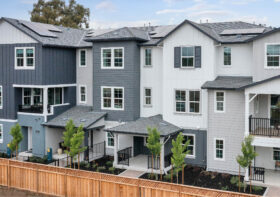

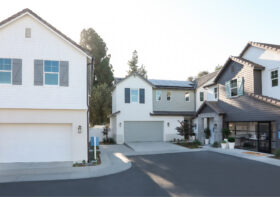
Leave a Reply